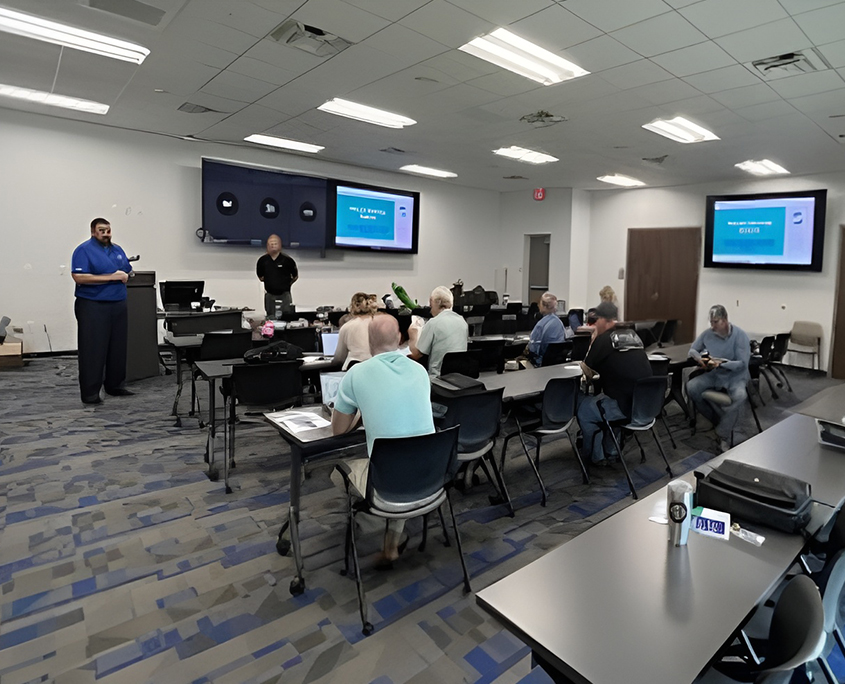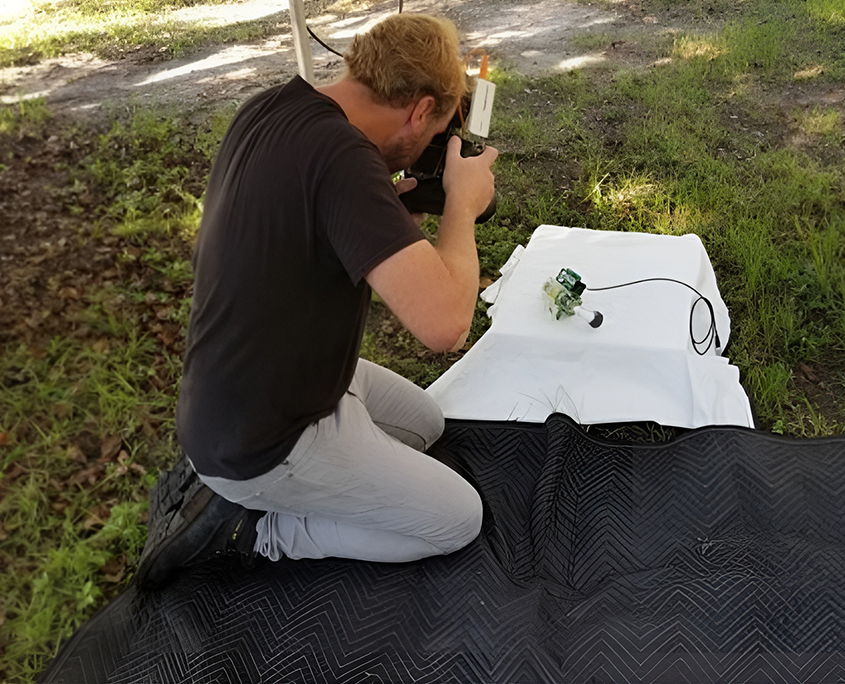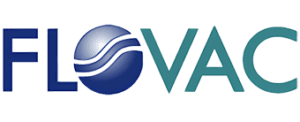Project Overview
Client: Jacksonville Electric Authority (JEA)
Location: Jacksonville, Florida, USA
Challenge: Retrofit aging vacuum sewer systems and restore confidence in septic-to-sewer programs using innovative technology.
Key Outcomes:
- Reintroduction of vacuum sewer systems for septic-to-sewer projects.
- Projected savings of $250 million over traditional networks.
- Adoption of advanced telemetry systems.




